NASA Astronomy Picture of the Day 19 April 2023: Geomagnetic storm sparks auroras in Finland
Today’s NASA Astronomy Picture of the Day is a stunning snapshot of vivid auroras lighting up the sky in Saariselka, in northern Finnish Lapland.
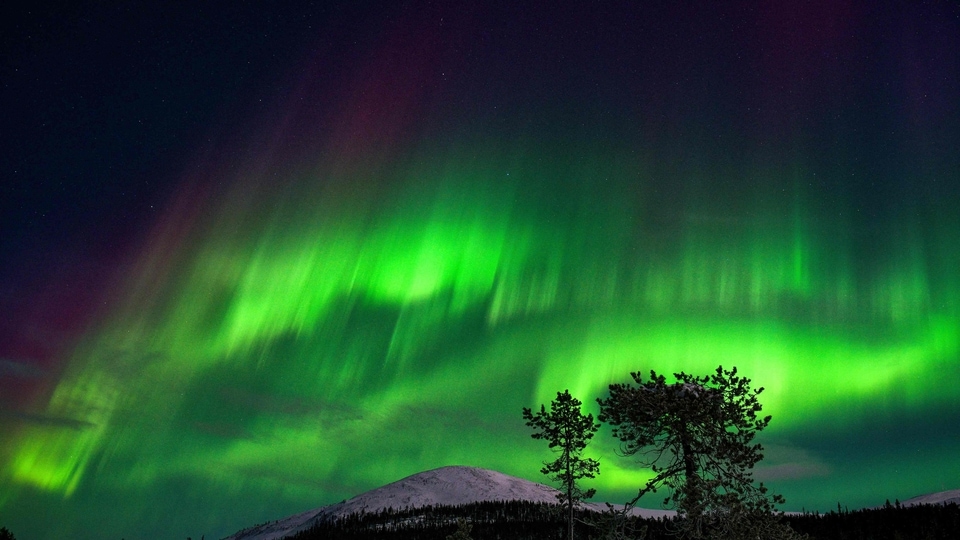
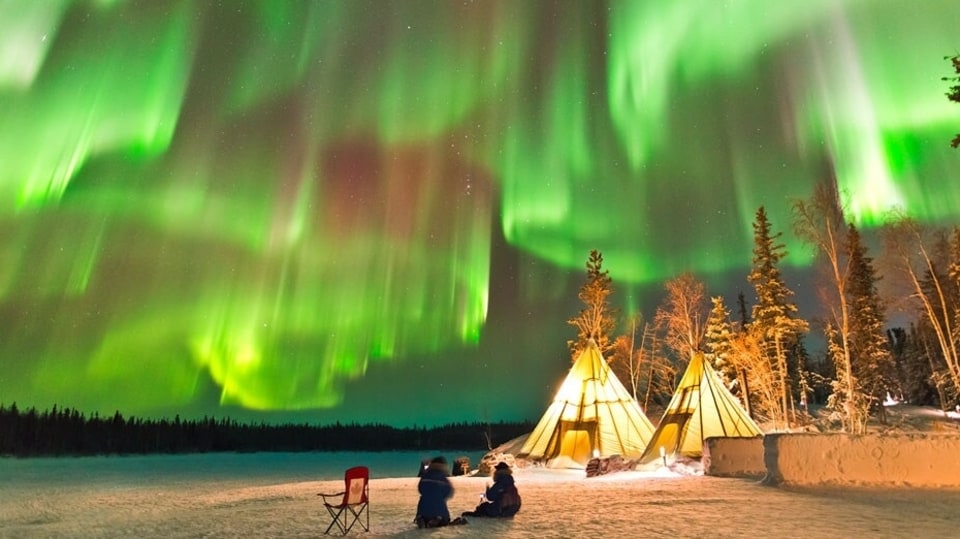

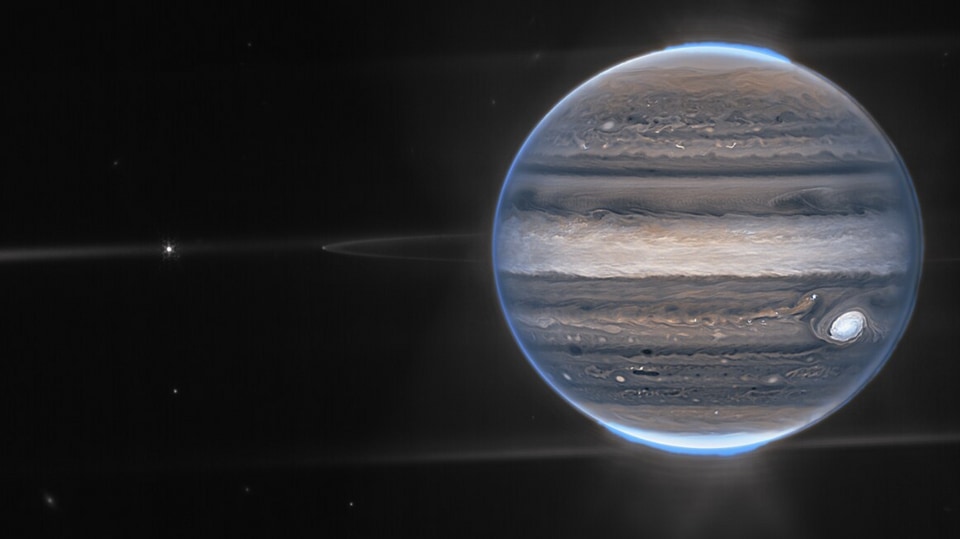
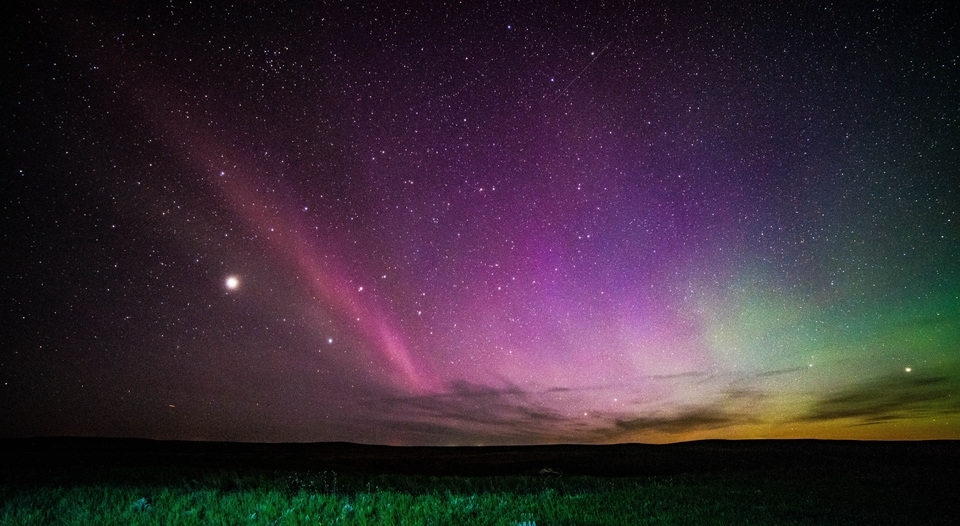
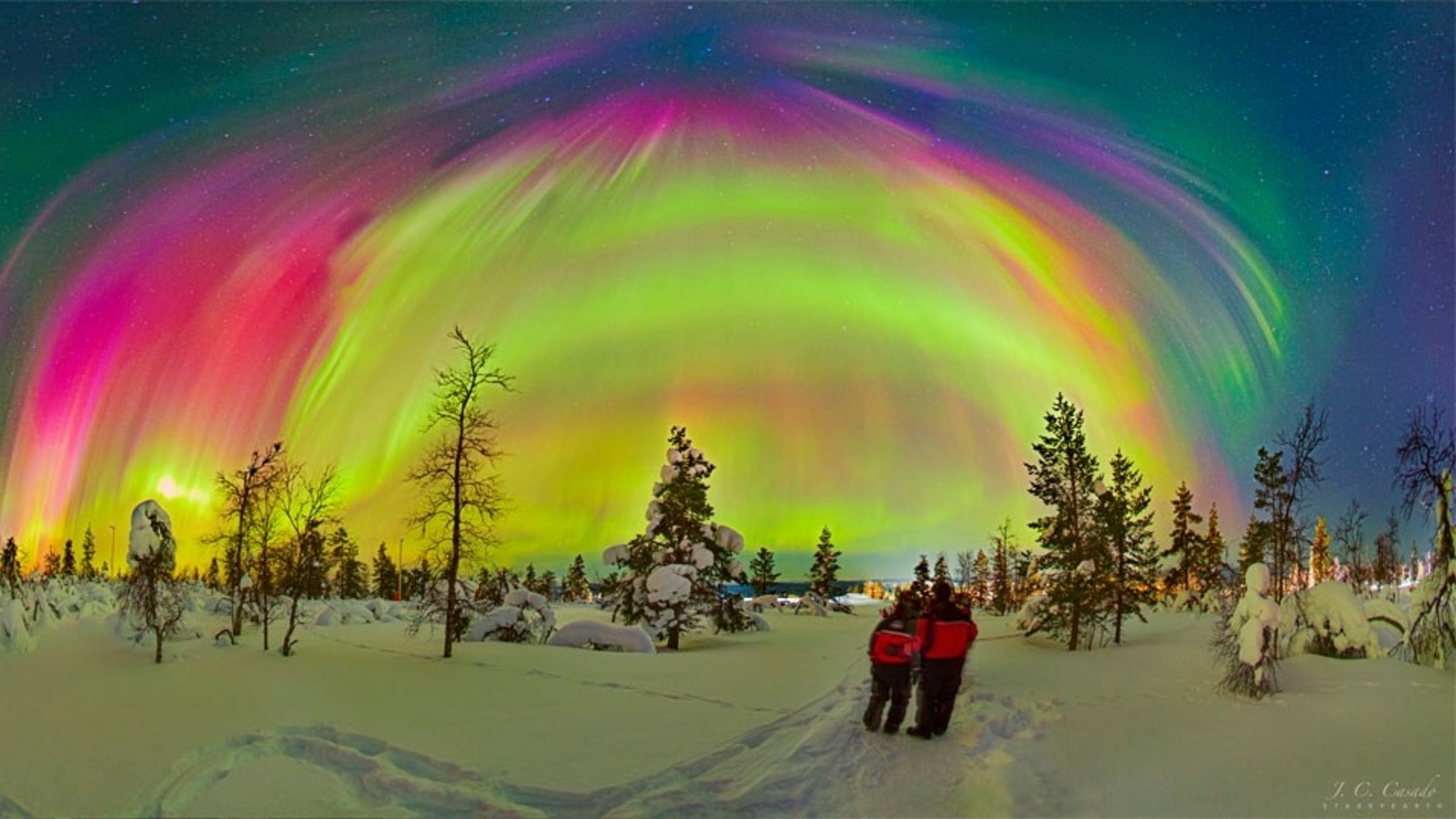
 View all Images
View all ImagesWhen the Geomagnetic storm hits Earth, the magnetic field lines of the planet temporarily get disturbed, and the process releases extremely high magnetic energy. The energy and heat are enough to ionize oxygen present in the upper atmosphere and turn it into blue-green hues of light, which we know as Auroras. Northern Lights or Aurora Borealis in the North Pole and Southern Lights or Aurora Australis in the South Pole. Although auroras are usually green in colour, they can sometimes appear as pink or red too.
Today's NASA Astronomy Picture of the Day is a stunning snapshot of auroras lighting up the sky in Saariselka, in northern Finnish Lapland. It was a result of a powerful CME hitting Earth and the auroras could be seen not only in the North, but as far as New Mexico, according to NASA. The bright auroras were seen in yellow, green, red and purple auroral colours, mesmerizing sky watchers and tourists.
Occasionally, space weather interacting with Earth can cause auroras to extend even further away from the poles. These mesmerizing lights are constantly changing shape and intensity, from dim and scattered, to bright enough that they are visible for miles.
The picture was captured by Juan Carlos Casado. The astrophotographer is associated with the TWAN initiative as well as Starry Earth. The World At Night (TWAN) is an international effort to present stunning night photos and timelapse videos of the world's landmarks against celestial attractions.
NASA's description of the picture
On some nights the sky is the best show in town. On this night, auroras ruled the sky, and the geomagnetic storm that created this colorful sky show originated from an increasingly active Sun. Surprisingly, since the approaching solar CME the day before had missed the Earth, it was not expected that this storm would create auroras. In the foreground, two happily surprised aurora hunters contemplate the amazing and rapidly changing sky.
Regardless of forecasts, though, auroras were reported in the night skies of Earth not only in the far north, but as far south as New Mexico, USA. As captured in a wide-angle image above Saariselkä in northern Finnish Lapland, a bright aurora was visible with an unusually high degree of detail, range of colors, and breadth across the sky. The vivid yellow, green, red and purple auroral colors are caused by oxygen and nitrogen atoms high in Earth's atmosphere reacting to incoming electrons.
Catch all the Latest Tech News, Mobile News, Laptop News, Gaming news, Wearables News , How To News, also keep up with us on Whatsapp channel,Twitter, Facebook, Google News, and Instagram. For our latest videos, subscribe to our YouTube channel.





























